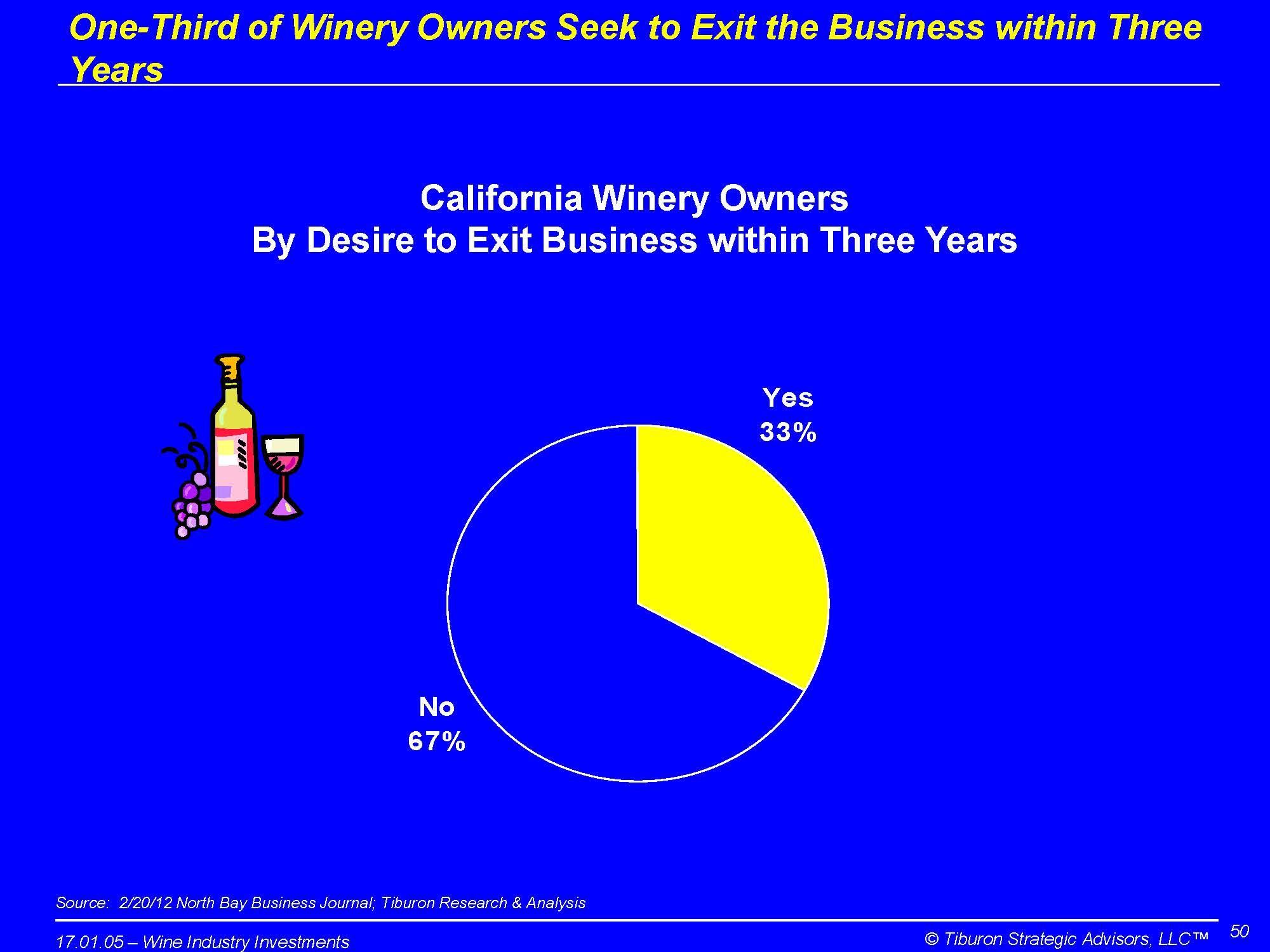The wine industry, much like the financial services industry, is being disrupted by demographic shifts.
A recent study performed by Tiburon Strategic Advisors indicates that the wine industry is set to grow steadily over the next five years, making it potentially attractive space for investors.
Chip Roame, managing partner at Tiburon, discussed this expected growth in a recent call and noted, “I can’t find a single metric that would suggest otherwise.”
The research attributes its bullish sentiment largely to many of the same key demographics that are driving changes in financial services markets as a whole.
In short, millennials, women and China all really like wine.

Millennials are the fastest-growing wine-drinking demographic (by virtue of the generation basically straddling the legal drinking age) and recently eclipsed Generation X as the largest group of U.S. wine drinkers. Thirty-six percent of wine drinkers in this country are millennials. However, if new millennials were simply taking the place of wine drinkers in older generations, there likely wouldn’t be nearly as much excitement over the industry’s growth potential. What makes all the difference here is that millennials also drink much more wine per occasion than other generations—3.1 glasses per sitting. Gen X comes in at 2.4 glasses and the boomers bring up the rear at 1.9. So, growth among millennials is not only faster than that among other generations, but significantly more valuable as well.

Women, on the other hand, make up 57 percent of wine drinkers in the U.S. and their purchasing power is only growing.
Looking beyond our borders, Roame notes that the Chinese wine market “has experienced astronomical growth after discovering wine a couple of decades ago.”
Because the wine industry is increasingly driven by these three critical markets, the research anticipates that New World wines—those made outside of the traditional European strongholds—will see an uptick. These groups are less bound by concepts of past pedigree and are generally more willing to try (or even create their own) alternative brands. Additionally, these groups tend to favor lighter varietals, which should contribute to increased performance among wine made from such grapes.

Finally, Tiburon predicts that, much like what is occurring among independent financial advisors, the wine industry will likely also experience rapid consolidation in the coming years. Roame notes, “There are a whole mess of mom-and-pop wineries out there, with maybe only a handful of seasonal employees.” A recent survey of California winery owners indicated that fully one-third desire to exit the business within the next three years. “This is very similar to data that you see in the independent advisor market,” he says. And he believes the results could be much the same.





